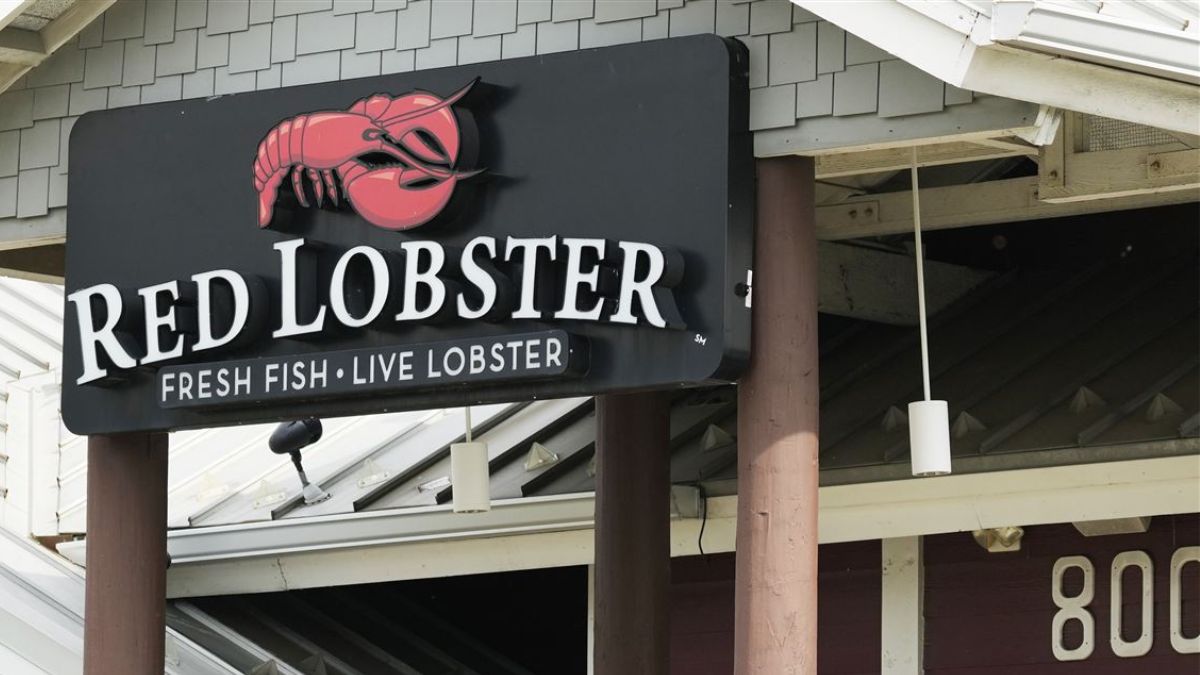The American casual dining sector has had its challenges, but news of financial struggles at popular chains like Red Lobster TGI Fridays closing has stirred the industry and its loyal patrons significantly. What’s behind their recent closures and financial turmoil? Let’s take a closer look at the factors contributing to these difficulties and answer some common questions about what the future may hold.
Why are Red Lobster and TGI Fridays closing multiple locations?
Red Lobster’s Financial Struggles
Red Lobster, known for its seafood offerings and crowd-favorite Cheddar Bay Biscuits, has faced declining revenues over time. Reports indicate that at least 48 locations have closed recently, with Chapter 11 bankruptcy filed to help restructure operations. Here are some key challenges Red Lobster has encountered:
- Rising Operational Costs: Inflation and increased expenses in labor, food supplies, and property leases have strained profitability.
- Subpar Strategic Decisions: Critics point to some less-than-ideal business choices, including site selection and limited response to evolving customer demands.
- Changing Customer Preferences: Traditional dine-in models have seen declining popularity, with more consumers preferring quick-service, delivery, or experiences considered “trendier.”
TGI Fridays’ Downturn
Recognized for its vibrant atmosphere and signature appetizers like loaded potato skins, TGI Fridays has also been struggling. Over 130 U.S. locations have shut their doors in 2024 alone. The company, too, filed for Chapter 11 bankruptcy to restructure its operations and finances. Primary drivers for these issues include:
- Debt Challenges: A burdensome capital structure left the chain vulnerable.
- COVID-19 Aftermath: Despite recovery efforts, the pandemic reshaped dining habits, benefiting delivery-oriented establishments while leaving dine-in-heavy brands struggling.
- Competition: Intense competition from fast-casual brands, like Chipotle and Panera, and budget-friendly spots has lured diners away.
Common Struggles for Both Chains
Both Red Lobster and TGI Fridays share larger systemic issues affecting the casual dining industry at large:
- Shifting Demographics: Younger diners are increasingly diverse in their tastes and lean towards experiential or health-focused dining.
- Rising Competition: Fast-casual restaurants provide quicker options at competitive prices, disrupting traditional casual dining formats.
- Pressure from Third-Party Delivery: Margins have thinned with the growing use of food delivery services like DoorDash for dine-in menus ill-suited to the model.
What do closures mean for customers and employees?
For employees, closures have unfortunately led to widespread job losses. Many workers face uncertainty, as even surviving branches reduce hours or slim down their labor force. Meanwhile, loyal customers lament losing access to a beloved local restaurant.
However, the closures are part of restructuring strategies that could help both brands refocus resources on their most profitable locations, update business models, and potentially attract new investment.
What’s next for these chains?
While Red Lobster and TGI Fridays are restructuring to address financial trouble, there is hope for their comeback. They’re working to streamline operations, modernize dining experiences, and develop fresh strategies better suited to today’s market. For instance:
- Red Lobster is revising menu offerings to appeal to current tastes and environmental concerns, emphasizing sustainable seafood sourcing.
- TGI Fridays is adopting innovative dining formats, including smaller outlets and digital-first ordering.
FAQs About Red Lobster TGI Fridays closing
Why are younger audiences not dining at casual chains like they used to?
Millennial and Gen Z diners often prefer fast-casual, health-oriented, or tech-friendly dining experiences. Additionally, they enjoy supporting smaller, local establishments rather than large chains.
Will more Red Lobster and TGI Fridays locations close in the future?
While there’s uncertainty ahead, both brands are using closures as part of their restructuring to stabilize and rebuild. Exact numbers depend on the success of these plans.
Are other casual dining chains facing similar struggles?
Yes, many casual dining chains have encountered similar issues, such as Ruby Tuesday and IHOP. It’s reflective of larger trends within the restaurant industry.
Will the famous Cheddar Bay Biscuits be gone if Red Lobster closes more locations?
Fans of Red Lobster’s iconic biscuits can rest easy—for now. Even in the worst-case scenarios, these recipes are deeply tied to the brand’s identity and will likely remain in retail or limited locations.
What can customers do to support their local chain restaurant?
Simple actions like choosing dine-in or takeout options over delivery (to reduce third-party fees), joining loyalty programs, and spreading positive reviews online can make a big difference for struggling branches.
Navigating the Future
The struggles of Red Lobster and TGI Fridays highlight a broader shift in the dining industry. Customer preferences continue to evolve, placing great importance on innovation and adaptability. Whether these chains can rise to meet these demands will be the deciding factor for their long-term survival.
For now, food lovers can take solace in knowing that these brands are making strategic efforts to transform and modernize their approaches. With sustainable strategies focusing on core customer demands, there’s potential for Red Lobster and TGI Fridays to once again thrive.
